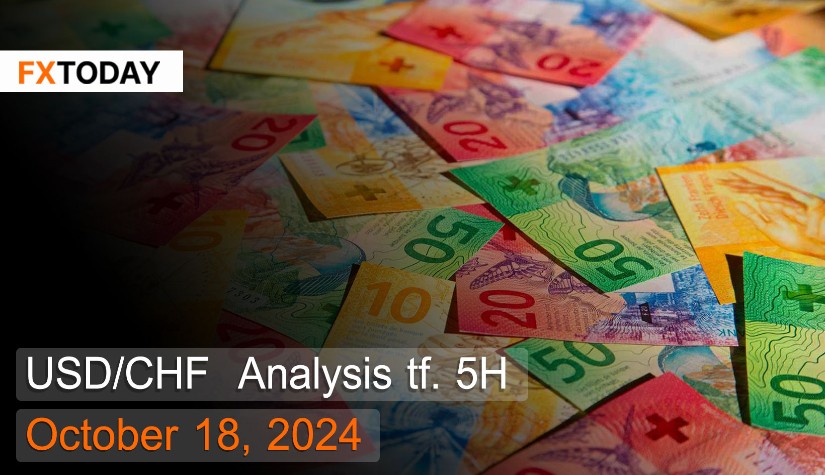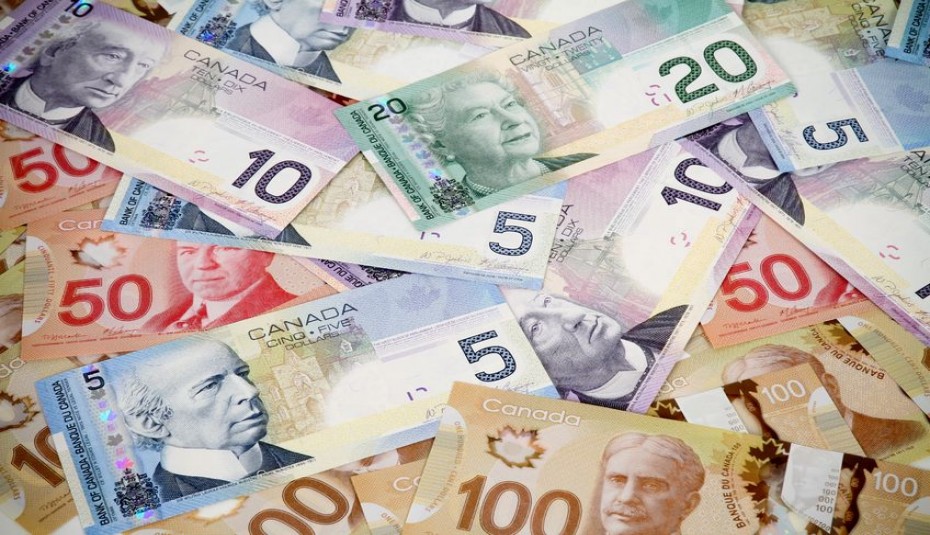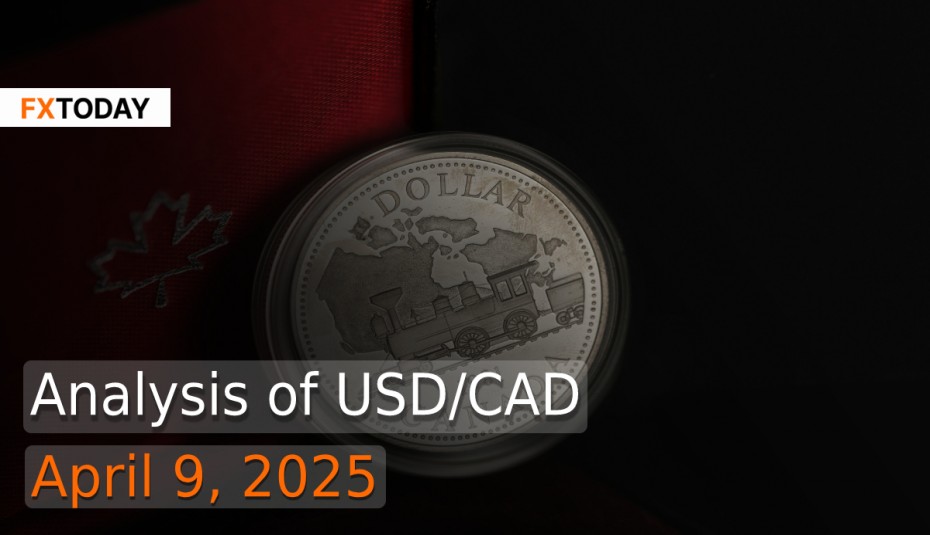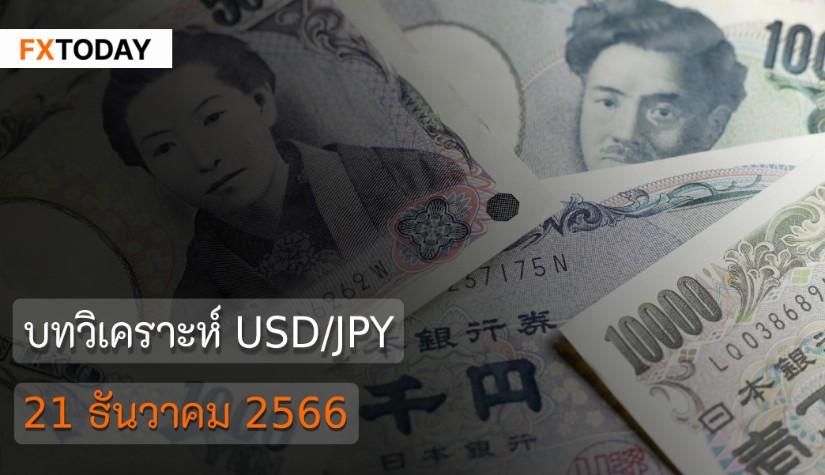Swiss's inflation rate drops below 1%.
The Swiss franc weakened slightly to 0.86 CHF per US dollar following the announcement that inflation in Switzerland had fallen below expectations. The slowdown in inflation supports the outlook that policymakers may adopt more accommodative monetary policies. Meanwhile, the US dollar strengthened, hitting a three-week high, fueled by robust private-sector employment data, which suggests that the Federal Reserve may no longer need to implement another 50 basis point rate cut.
Switzerland’s economic indicator index rose to 105.5 in September, signaling a continued recovery. Most economic indicators show improvement, particularly in the manufacturing sector, which experienced slight growth. While the service sector remains stable, it is still above the long-term average. Additionally, a slight increase in foreign demand bodes well for future export trends.
Inflation in Switzerland slowed to 0.8% in September, marking the lowest level since 2021 and the first time inflation has fallen below 1%. Deflationary pressure has persisted in transportation and household goods and services. Inflation in housing and energy eased slightly, while food and beverage prices remained stable.
Consumer confidence in Switzerland improved by 0.9 points to -33.7. However, despite the slight uptick, the figure indicates persistent pessimism among consumers regarding the economy’s outlook. Caution remains evident, particularly in the reduced demand for high-value goods, as personal loan use has declined, and concerns over job security have increased significantly.
The yield on 10-year Swiss government bonds declined to 0.48% as investors reassess the economic outlook and the Swiss National Bank’s policy stance following the inflation report. This decline reduces the likelihood of significant rate cuts by the central bank. Simultaneously, investors anticipate that the Federal Reserve will refrain from further interest rate cuts this year, given higher-than-expected employment and inflation data.
Techical analysis data (5H)
Resistance: 0.8665, 0.8678, 0.8686
Source: Investing.com
Buy/Long 1: If the price touches support in the price range of 0.8636 - 0.8644 but cannot break the support at 0.8644, you may set a TP at approximately 0.8678 and SL at around 0.8623 or according to your acceptable risk.
Buy/Long 2: If the price breaks the resistance in the price range of 0.8665 - 0.8678, you may set a TP at approximately 0.8686 and SL at around 0.8636 or according to your acceptable risk.
Sell/Short 1: If the price touches resistance in the price range of 0.8665 - 0.8678 but cannot break the resistance at 0.8665, you may set a TP at approximately 0.8636 and SL at around 0.8686 or according to your acceptable risk.
Sell/Short 2: If the price breaks the support in the price range of 0.8636 - 0.8644, you may set a TP at approximately 0.8623 and SL at around 0.8678 or according to your acceptable risk.
Pivot point October 18, 2024 08:39 PM. GMT+7
|
Name
|
S3
|
S2
|
S1
|
Pivot Points
|
R1
|
R2
|
R3
|
| Classic | 0.8623 | 0.8636 | 0.8644 | 0.8657 | 0.8665 | 0.8678 | 0.8686 |
| Fibonacci | 0.8636 | 0.8644 | 0.8649 | 0.8657 | 0.8665 | 0.867 | 0.8678 |
| Camarilla | 0.8648 | 0.865 | 0.8652 | 0.8657 | 0.8655 | 0.8657 | 0.8659 |
| Woodie's | 0.8621 | 0.8635 | 0.8642 | 0.8656 | 0.8663 | 0.8677 | 0.8684 |
| DeMark's | - | - | 0.8641 | 0.8655 | 0.8662 | - | - |
















